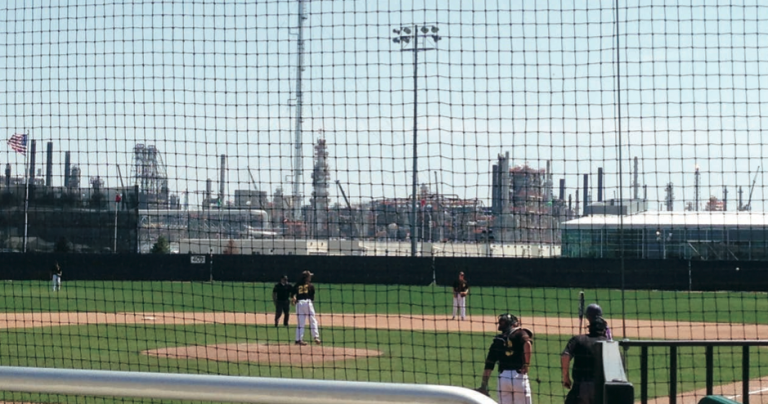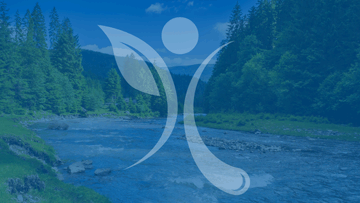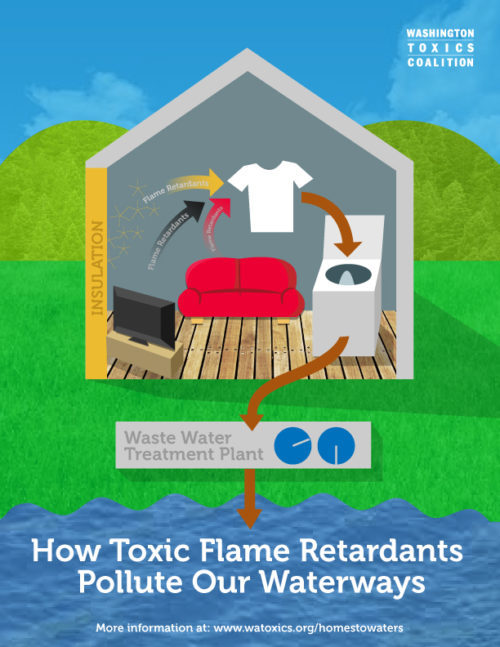Blog

You don't need harsh toxins to eliminate unwanted pests. Try these easy DIY remedies to keep your home pest- and chemical-free.

An alarming statistic was released this month by the Center for Effective Government about the vulnerability schoolchildren face from a major chemical release or explosion. One in three children in the United States are at risk of being exposed to a catastrophic release based on the location of their school.

Meet Azodicarbonamide (E927.), the famous rubber/bead chemical that made headlines. Popular blogger Food Babe, created a petition that not only changed how Subway made its bread; it got the attention of New York Senator, Chuck Schumer. But, do we really know E927?
Your support allows us to make big impacts. Will you donate today?

Two weeks ago, an expected milestone of sorts in the debate over chemical policy seemed to turn abruptly into a headstone. Senators Vitter and Udall were expected to release a revised version of their Chemical Safety Improvement Act (CSIA) that responded to many of the concerns of health and environment leaders from across the country.

A new report released today by NRDC found that some major furniture retailers are beginning to sell couches without hazardous flame retardants, in response to updates to California’s flame retardant regulations.

Today, press reported that a new "deal" on the Chemical Safety Improvement Act was scuttled at the last minute, prompting Senator Vitter to state he would start over with the original version of the bill (S.1009) next year.

Several years ago, I was presented with an amazing opportunity to do an extensive research study focusing on how toxic chemicals get out of products in our homes and make their way to our rivers, lakes, and other waters. One of our coalition partners, Columbia Riverkeeper, had made the funding possible so that we could really dig into this question.

This week, New York Senator Chuck Schumer will introduce a new bill, The Children and Firefighter Protection Act, to ban the ten most notoriously toxic flame retardant chemicals in residential upholstered furniture and children’s products, and to set up a process to examine and regulate other similar chemicals.

Ten toxic chemicals to be banned in furniture and children’s products This week, U.S. Senator Chuck Schumer (D-NY) unveiled legislation to ban ten toxic flame retardant chemicals from use in upholstered furniture and children’s products. His bill would also create a process to examine and regulate other similar chemicals. Flame retardants are often added to foam […]

It’s school season! Over the years we came up with some great tips all about schools. Here a rundown of some of our “back to school” greatest hits!

